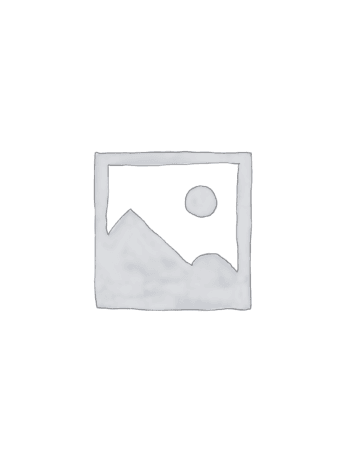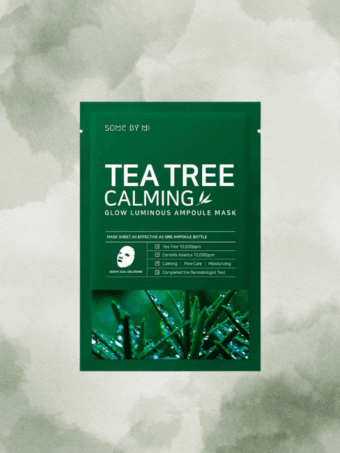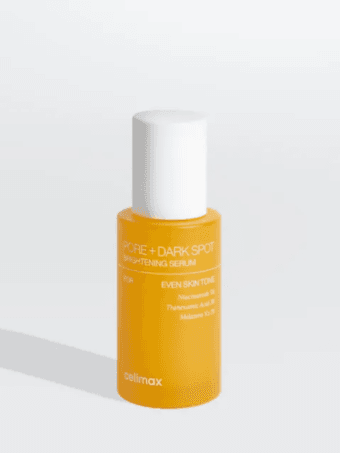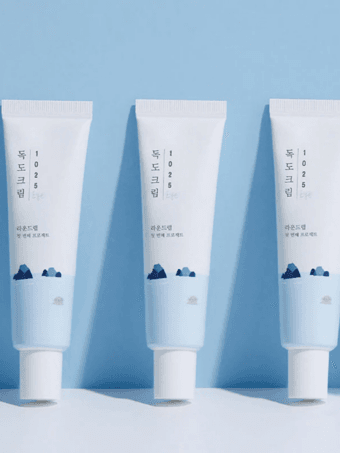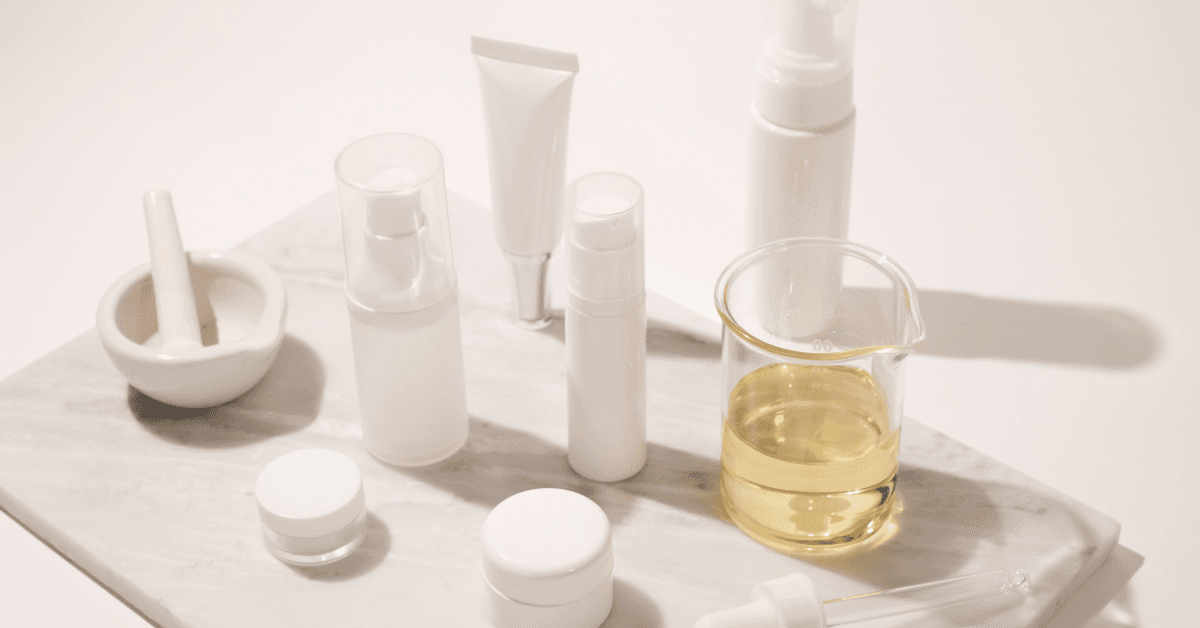Korean skincare has taken the beauty world by storm with its innovative products, comprehensive routines, and emphasis on skin health. This holistic approach not only focuses on superficial beauty but also promotes overall skin wellness. As more people explore the realm of skincare, understanding the principles and philosophy behind Korean skincare can lead to healthier, more radiant skin. In this article, we will delve into the philosophy behind Korean skincare, explore the renowned 10-step routine, identify essential ingredients, highlight popular brands, and offer guidance on customizing your own K-skincare regimen based on your skin type and specific concerns.
The Philosophy Behind Korean Skincare
At the core of Korean skincare is the belief that beautiful skin results from consistent care and a balanced routine. This philosophy emphasizes prevention and maintenance over corrective measures. Key tenets of Korean skincare include:
- Hydration: Keeping the skin well-hydrated is crucial for achieving a youthful and dewy complexion.
- Layering: The use of multiple products allows for deeper nourishment and tailored treatment.
- Ingredients over packaging: There is a strong focus on the efficacy of ingredients rather than just brand prestige.
Understanding these principles helps to appreciate why Korean skincare routines are so elaborate and meticulous.
Understanding the 10-Step Korean Skincare Routine
The 10-step Korean skincare routine has garnered significant attention for its comprehensive approach. While it may seem daunting, each step serves a purpose in achieving that coveted glass skin look. Here’s a breakdown of the routine:
- Step 1: Oil Cleanser – Removes makeup and impurities.
- Step 2: Water-based Cleanser – Cleanses the skin thoroughly.
- Step 3: Exfoliator – Gently removes dead skin cells (2-3 times a week).
- Step 4: Toner – Restores skin pH and preps for better absorption of products.
- Step 5: Essence – Hydrates and revitalizes skin; the heart of K-skincare.
- Step 6: Serums/Ampoules – Target specific skin concerns (e.g., brightening, anti-aging).
- Step 7: Sheet Masks – Provide intensive hydration and targeted treatment.
- Step 8: Eye Cream – Addresses puffiness and fine lines around the delicate eye area.
- Step 9: Moisturizer – Locks in moisture and ensures skin remains hydrated.
- Step 10: Sunscreen (AM only) – Protects against UV damage; an essential step for long-term skin health.
While following all ten steps may not be necessary for everyone, understanding their functions can help you create a regimen that works for you.
Essential Ingredients in Korean Skincare Products
Korean skincare is characterized by its use of unique and effective ingredients. Here are some key components to look for in K-beauty products:
- Hydrating Humectants: Ingredients like hyaluronic acid and glycerin draw moisture into the skin.
- Soothing Agents: Aloe vera, centella asiatica, and green tea calm irritation and redness.
- Brightening Ingredients: Niacinamide, vitamin C, and licorice root extract enhance luminosity.
- Exfoliants: BHA (salicylic acid) and AHA (glycolic acid) promote cell turnover for smoother skin.
- Anti-Aging Compounds: Peptides and retinol stimulate collagen production and reduce fine lines.
These ingredients are not just buzzwords but are backed by research and tradition, fostering healthy and radiant skin.
Popular Korean Skincare Brands to Know
The K-beauty market is thriving with many brands that are both innovative and effective. Some well-known brands include:
- Innisfree: An eco-conscious brand known for its natural ingredients sourced from Jeju Island.
- Etude House: Offers playful, colorful products and has a wide range of options for different skin types.
- Laneige: Famous for its water-based products, particularly its Lip Sleeping Mask and Water Sleeping Mask.
- Cosrx: Specializes in products that target specific skin issues with high-quality ingredients.
- Sulwhasoo: A luxury brand that blends traditional herbal medicine with modern skincare technology.
Familiarizing yourself with these brands can help you navigate the K-beauty landscape effortlessly.
How to Determine Your Skin Type
Before diving into a skincare routine, it’s crucial to identify your skin type. Most skin types fall into one of the following categories:
- Oily: Appears shiny, enlarged pores, prone to breakouts.
- Dry: Feels tight, may have flaky patches, and shows fine lines.
- Combination: Oily in the T-zone (forehead, nose, chin) and dry on the cheeks.
- Normal: Balanced, neither too oily nor too dry with minimal blemishes.
- Sensitive: Prone to redness, irritation, and reactions to products.
Understanding your skin type will inform your product choices and ensure optimal results from your skincare routine.
Customizing Your Korean Skincare Routine
Every skin is unique, and customizing your K-skincare routine is essential. Here are some tips:
- Start Slowly: If you’re new to K-beauty, begin with a few key products and gradually build up to a full routine.
- Focus on Hydration: For most skin types, a hydrating essence and moisturizer are crucial.
- Target Specific Concerns: Choose serums and treatments that address your main skin issues like acne or pigmentation.
- Listen to Your Skin: Pay attention to how your skin reacts and adjust your routine accordingly.
With consistent adjustments based on your skin’s needs, you can achieve healthier skin over time.
Morning vs. Night: K-Skincare Routine Differences
Both morning and night routines cater to different needs. Here’s how they differ:
- Morning Routine:
- Focuses on protecting skin from environmental stressors.
- Includes a cleanser, toner, essence, serum, moisturizer, and sunscreen.
- Night Routine:
- Aims to repair and rejuvenate while you sleep.
- Can include additional treatments, like heavier moisturizers, oils, or overnight masks.
Tailoring your routine to address the specific needs of your skin in the morning and at night can yield excellent results.
Dealing with Specific Skin Concerns: Acne, Aging, and More
Korean skincare is well-equipped to handle various skin concerns. Here’s a look at how to tackle some common issues:
- Acne: Use salicylic acid in cleansers or spot treatments and incorporate soothing ingredients like tea tree oil.
- Aging: Look for products containing retinol, peptides, and antioxidants to promote elasticity and hydration.
- Hyperpigmentation: Incorporate vitamin C serums and exfoliating acids to brighten skin tone.
- Dryness: Opt for rich moisturizers, hydrating serums, and nourishing oils.
Addressing specific issues means selecting appropriate products and using them consistently for the best results.
Conclusion
The world of Korean skincare offers a wealth of knowledge and products that center around achieving healthy, glowing skin. By understanding the philosophy, routines, and essential ingredients, you can harness the power of K-beauty for your own skincare regimen. Remember that the journey to radiant skin is personal. Take time to learn about your skin, experiment with different products, and customize your routine accordingly. With patience and dedication, you’ll be well on your way to experiencing the transformative effects of Korean skincare. Embrace the ritual, enjoy the journey, and let your skin flourish! Take the Korean Skincare Quiz now to find personalised Korean skincare products!
